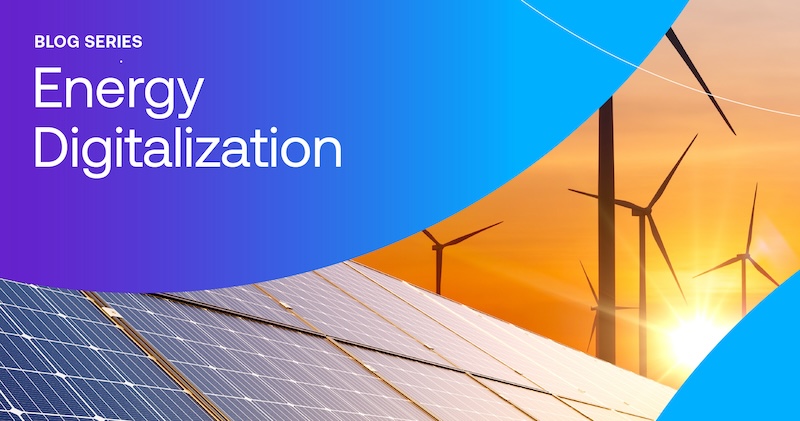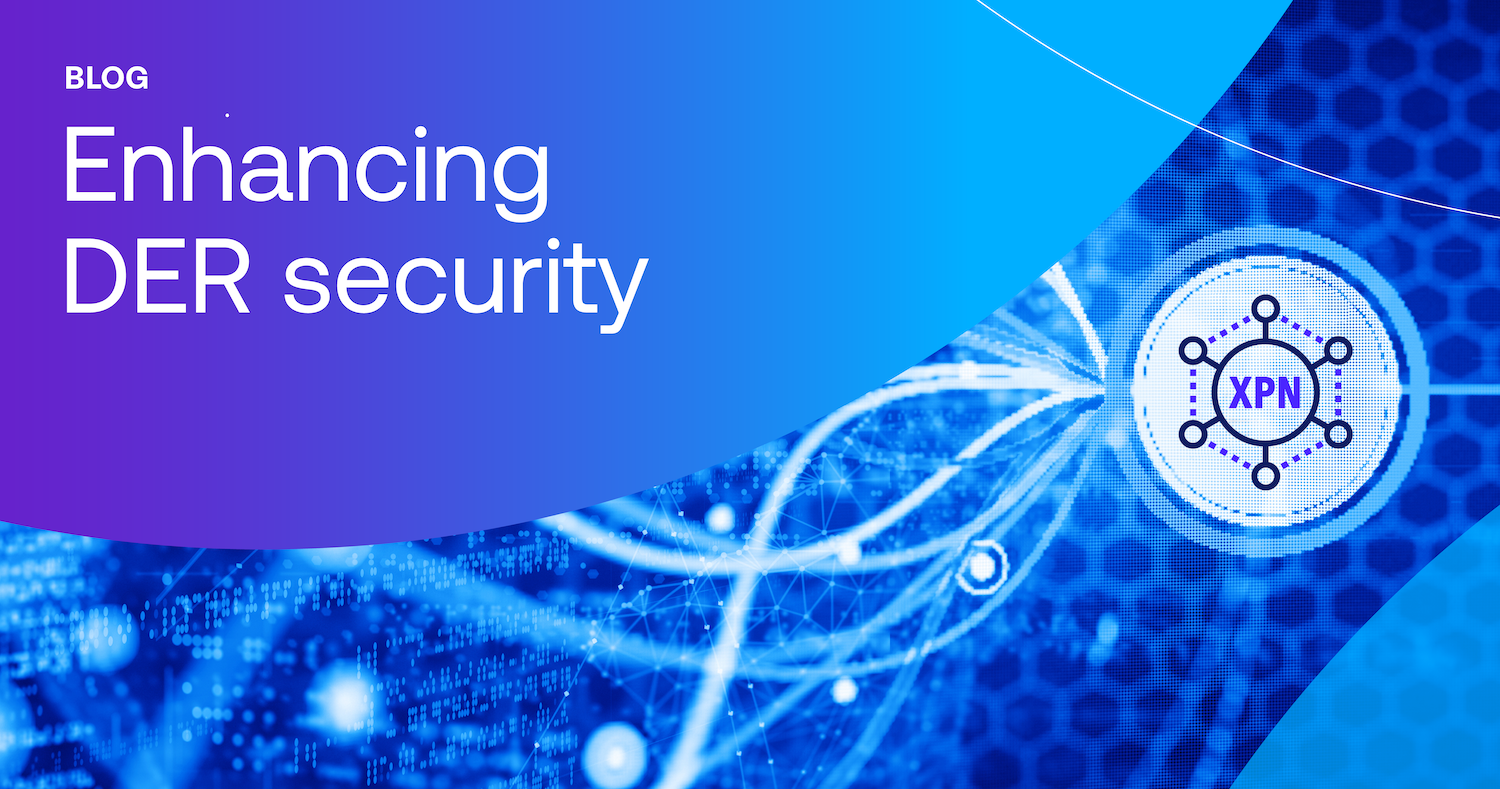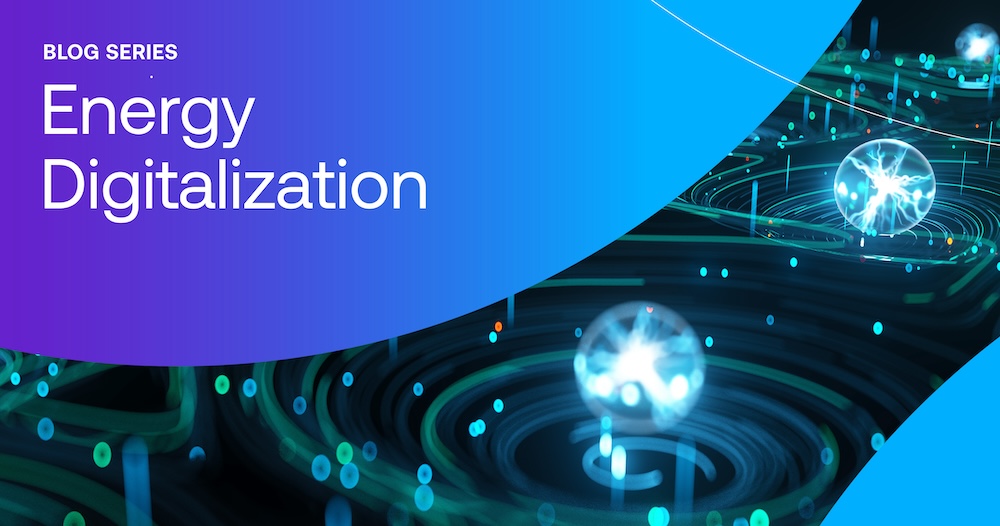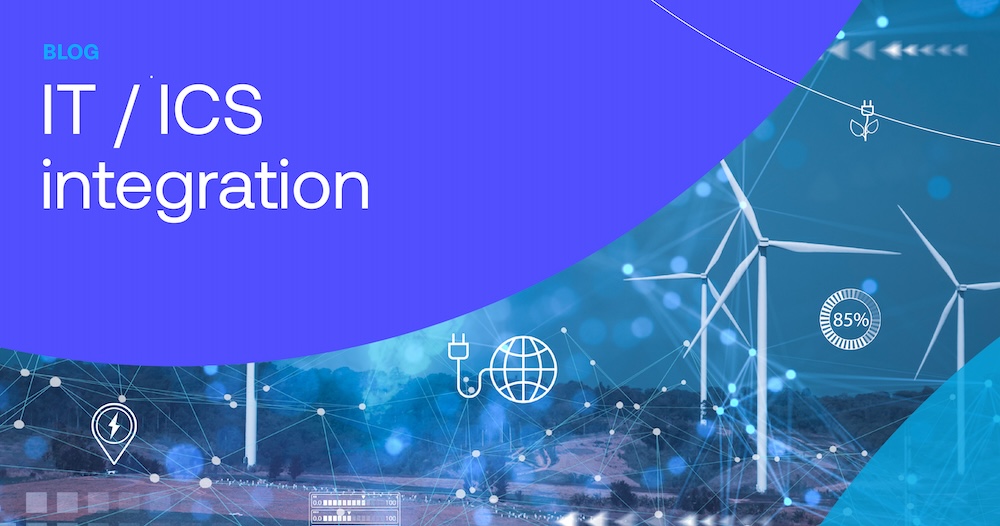The second installment of our energy digitalization series explores how AI technology can bring new real-time optimization efficiencies across these complex energy operations.
Across the world, the transition to renewable energy has driven generation companies to diversify their portfolios with renewable sources. With hundreds of megawatts of new utility-scale solar and wind sites planned over the next decade, renewable energy stakeholders often ask, “Can we supply electricity to the grid through a more sustainable and cost-effective approach?”
The short answer is yes, with the right infrastructure, machine learning, and informed, real-time response. The long answer is more complicated. Until recently, energy sites were islanded, operating in a vacuum. The rollout of AI and diversified portfolio management has made this status quo untenable. Coordinating and optimizing sites that run on separate but interdependent systems come with significant difficulties in operations, monitoring, management and compliance. Here are a few of these challenges:
- Weather variability. The availability of wind and sunlight can fluctuate, affecting performance and maintenance windows and making it essential to predict weather conditions.
- Resource availability. The availability of the skilled workforce and equipment also dictate maintenance windows, making it essential to capture schedules and availability.
- Grid congestion. Connecting to the electrical grid and managing the flow of energy to and from the grid requires careful planning and coordination, especially when dealing with multiple plants.
- Security and resilience. Multiplant sites with diverse energy assets operate systems that cross or muddy the traditional perimeter line, creating new security concerns to protect against potential cyber threats, extreme weather events, or natural disasters.
- Regulatory compliance. Compliance with environmental regulations, safety standards, and energy market rules can be a major challenge, as each energy source may be subject to different regulatory requirements.
Throwing the switch on AI and new optimization opportunities
Diversified portfolio management is a strategic approach that optimizes the use of various energy sources to improve reliability, efficiency, and profitability. Underlying diversified portfolio management is AI.
As the world grapples with the pressing need to transition to sustainable and renewable energy sources, artificial intelligence (AI) emerges as a powerful change agent. By managing a mix of energy assets with the help of AI, operators can adapt to market demands and technological advancements, ensuring a resilient energy supply:
- Grid stability. Adjusting energy output in response to grid conditions is crucial. A diversified portfolio can leverage real-time data to dynamically balance the load between different energy sources, such as ramping up hydroelectric power during peak energy demand or dialing back solar production during low usage periods, ensuring grid stability and operational efficiency.
- Battery storage. The integration of battery storage systems allows for excess energy generated from intermittent sources like wind and solar to be stored and then utilized when production dips or demand surges. This not only provides a buffer against variability but also maintains a consistent energy supply, to increase reliability and enhance the overall resilience of the portfolio.
- Price optimization. By actively managing a diversified energy portfolio, operators can take advantage of fluctuating energy prices. For example, they can store energy when prices are low and release it into the grid when prices are high, maximizing financial returns. Furthermore, the presence of multiple energy sources allows for flexible selling strategies, optimizing revenue streams across different markets.
Embrace AI-enabling technology
AI applications are everywhere. In today’s competitive energy landscape, we must embrace AI-enabling software that facilitate modular growth while protecting current investments in existing infrastructure. In this new wave of digital transformation, consider adopting a leading edge digital operations center that is architecturally open and allows you scale at your own pace.
Intertrust’s Virtual Operations Center (VOX) provides a robust architecture and secure data interoperability for your AI and application-enabling needs. VOX gives you the foundation to incorporate the best AI applications, including your own proprietary analytics. Plus, it gives you a robust and predictable environment where you can rapidly improve action-oriented execution while innovating for growth in the future.
The future of sustainable energy
AI’s integration into renewable energy management is a pivotal moment in a paradigm shift for the industry. It’s enabling us to reduce dependency on fossil fuels and unlock the full potential of renewable resources—making them more reliable and cost-effective. As we harness AI for real-time analysis and new models of energy optimization, we’re not only powering our present but also paving the way for a sustainable, clean energy future.
About Tony Cristiano
Tony Cristiano is Intertrust’s Head of North America, Business Development and Sales. He has held a wide variety of technical and senior leadership positions while employed at both large and entrepreneurial artificial intelligence & software development companies. Tony holds a bachelor’s degree in computer science from the University of Waterloo in Ontario, Canada. He completed the Executive Program in Management at the University of California, Los Angeles, The Anderson School of Management.




